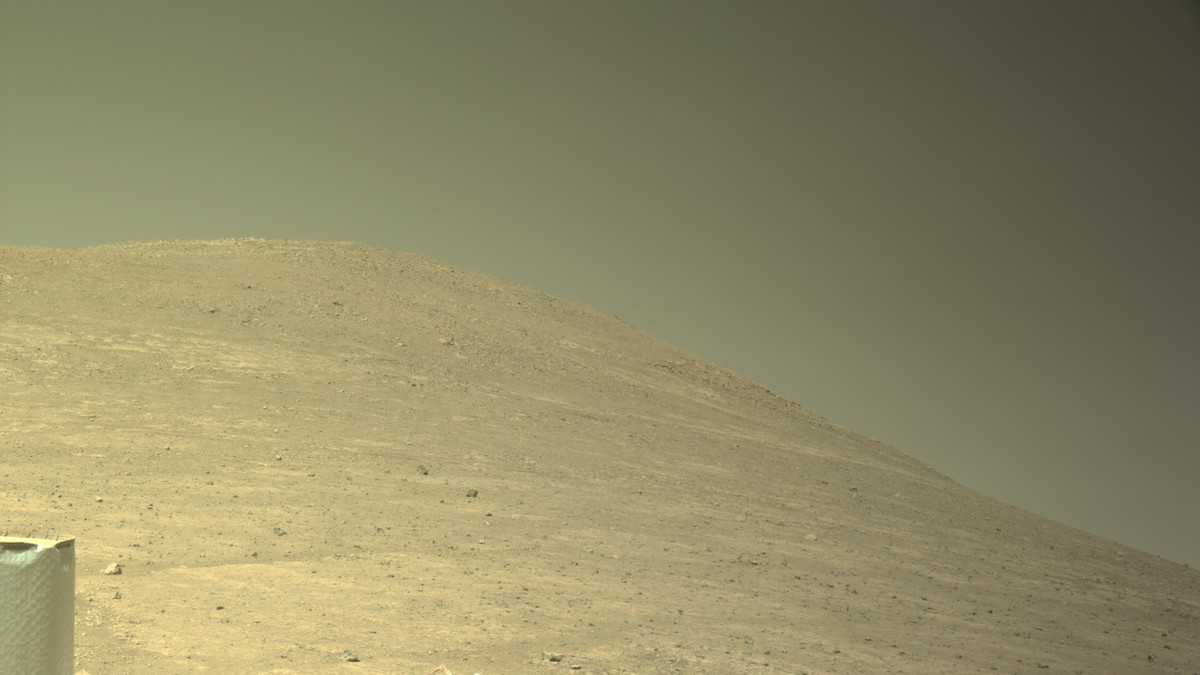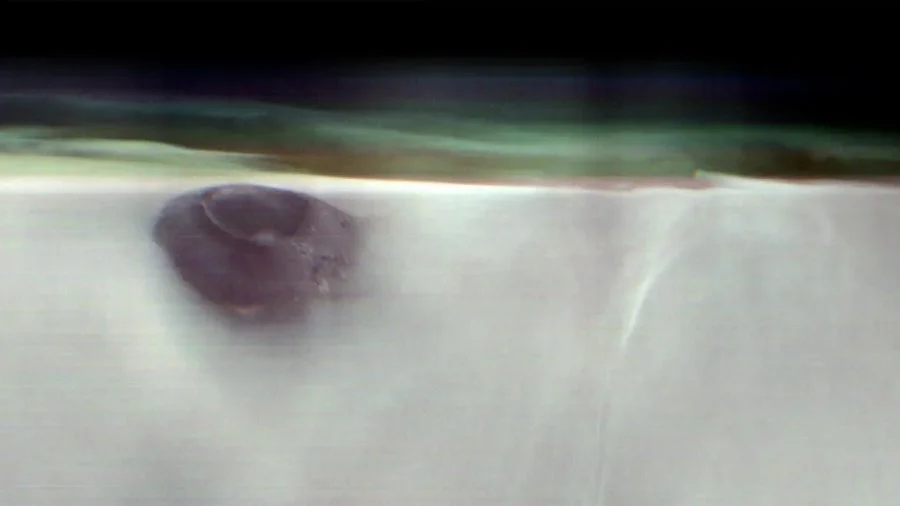Humanism
How Did Language Begin? The Great Mystery of Human Communication
25 December 2025

NASA's Mars Odyssey orbiter has captured an extraordinary view of a gigantic volcano on Mars. This is the first photo of its kind, showing the Martian horizon from a perspective resembling astronauts' views of Earth from the International Space Station. These observations provide valuable information about Mars' atmosphere and its weather patterns.
A photo taken by NASA’s Mars Odyssey probe has captivated scientists and internet users alike. It shows a giant volcano on Mars emerging from a layer of morning clouds. For the first time, we’ve been able to gaze at the Red Planet’s horizon in a way familiar to astronauts on the International Space Station.
This is more than just a spectacular photograph; it’s also a source of new data on the Martian atmosphere and seasonal weather changes.
The image reveals a red horizon, a thin layer of icy clouds, and a massive edifice rising above them. This is Arsia Mons, one of the three colossal volcanoes that form the Tharsis Montes range. Each of these volcanoes is impressive, but Arsia stands out for both its size and the variable weather around it. However, it’s important to note that it’s not the largest volcano on Mars. Olympus Mons holds that prestigious title, reaching a height of approximately 22 kilometers, making it the tallest mountain in the entire Solar System. This time, however, it wasn’t Olympus Mons that captured scientists’ attention.

The photograph was taken on the morning of May 2, 2025. By rotating the probe 90 degrees, the camera could look sideways towards the horizon instead of straight down, as it usually does. That’s when the volcano on Mars was captured, breaking through the morning clouds.
This was one of four Martian horizon shots taken by the Odyssey probe since 2023. The images illustrate how the Red Planet’s atmosphere changes with the seasons.
“We see really significant seasonal differences in the horizon shots,” explained Michael D. Smith of NASA Goddard Space Flight Center, quoted by NASA’s website. “This gives us new clues as to how the Martian atmosphere changes over time.”
One of the phenomena captured is the so-called aphelion cloud belt. It forms when cold air rises along the mountain slopes and cools. This spectacular cloud appears especially when Mars is farthest from the Sun.
We recommend: Mysterious Cosmic Object in Space: A Perfect Sphere Stuns Astronomers
Arsia Mons rises 20 kilometers, more than twice the height of Mauna Loa, Earth’s largest volcano. The NASA team deliberately chose this peak, hoping its summit would extend above the clouds, and they weren’t disappointed.
“We chose Arsia Mons in hopes of seeing the peak extending above the morning clouds. And we were not let down,” said Jonathon Hill from Arizona State University, who oversees the THEMIS camera’s operations.
THEMIS, the Thermal Emission Imaging System, captures images in visible and infrared light. This capability allows for, among other things, the detection of water ice deposits just below the surface, a crucial resource for future crewed missions.
Mars Odyssey has been continuously operating since 2001, making it the longest-running probe orbiting another planet. NASA’s Jet Propulsion Laboratory is responsible for its operations, and the probe itself was built by Lockheed Martin.
The THEMIS camera, in turn, is a project of Arizona State University. It’s this camera that delivers extraordinary images, including the photograph from that May morning when the volcano on Mars emerged from a thin layer of clouds. It reminds us that the Red Planet may not be as alien as it seems.
Read more: Alien Abductions. Capturing Imagination, Not Children

Truth & Goodness
24 December 2025


Zmień tryb na ciemny